Film series Critter
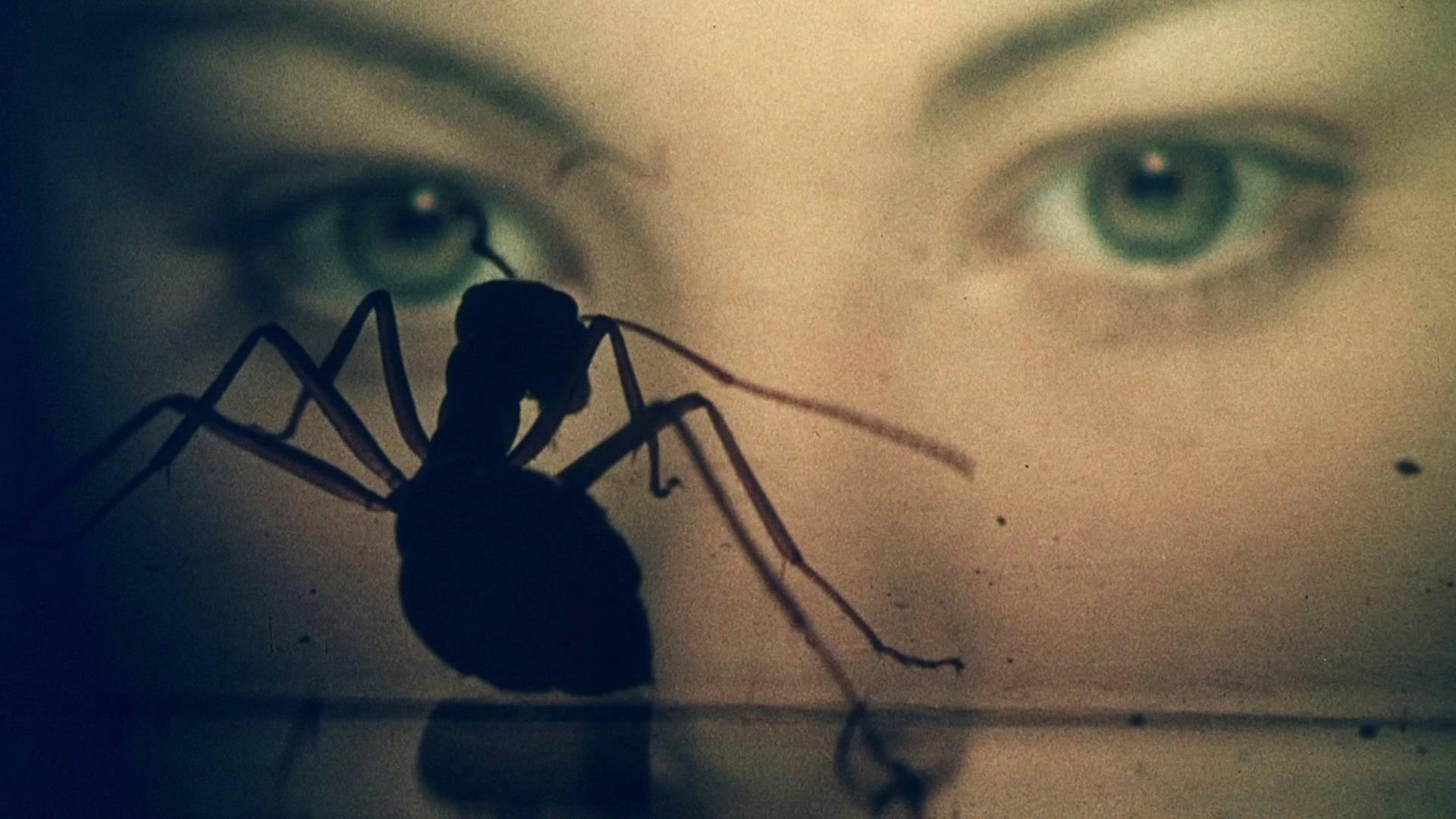
Still from Phase IV 1974
Imagine this film series as a bestiary. Tigers join donkeys, a talking crow and occult black cats in a global survey of creaturely cinema. From Hollywood screwball to French classics and Thai avant-pop, Critter brings together over two dozen tales of interspecies encounter.
Why look at animals? In a famous 1977 essay, critic John Berger argued that with the rise of industrial capitalism, wildlife began to disappear from public life. Animals were co-opted into the family as domestic pets, or into the realm of spectacle, as zoo displays, stuffed toys, and images on screen. The story of cinema is tied up with the fate of animals. Think of Eadweard Muybridge’s motion studies of galloping horses, and the many beasts which animate proto-cinematic devices of the 19th century. Indeed, the very stuff of the earliest moving images – celluloid – is made of animal bones and hides.
Drawing together Japanese cult favourites (House) and ‘60s comedies alongside Anangu animation and Malayalam folktales, this series unites a diverse range of representations of more-than-human lives on screen. In some films, animals are scene-stealing stars (The awful truth); in others, they’re beloved childhood companions (Kes, Celia) or metaphors for collective anxieties, as in Bulgarian director Binka Zhelyazkova’s rarely screened satire The tied-up balloon.
As the series title suggests, there’s tender affection in these films. But critters can also make the skin crawl. Monstrous animals shapeshift throughout B-grade horror (Cat people) and eco-parables of nature’s revenge (The birds, Phase IV).
To be sure, there are no films here that show cruel suffering, nor does this series spotlight environmental documentaries which seek to explicitly redress anthropocentrism. Rather, Critter gathers stories by filmmakers attentive to how animals live alongside humans in complex, unruly webs of entanglement.
Film series Critter
Wednesdays 2pm, 7.15pm
Sundays 2pm
10 April – 2 June 2024
Art Gallery of New South Wales
Naala Nura, our south building
Lower level 3, Domain Theatre
Free, bookings recommended
At the end of each month, we release online tickets for the next month’s sessions. Tickets are also available at the information desk and outside the Domain Theatre from one hour before each screening.
All advance tickets must be scanned 10 minutes before the film starts to guarantee a seat. Ticket holders arriving after this time cannot be guaranteed entry and will be admitted on a first-come first-served basis. To ensure a positive experience for other visitors, latecomers will not be admitted 15 minutes after the start of the screening.
-
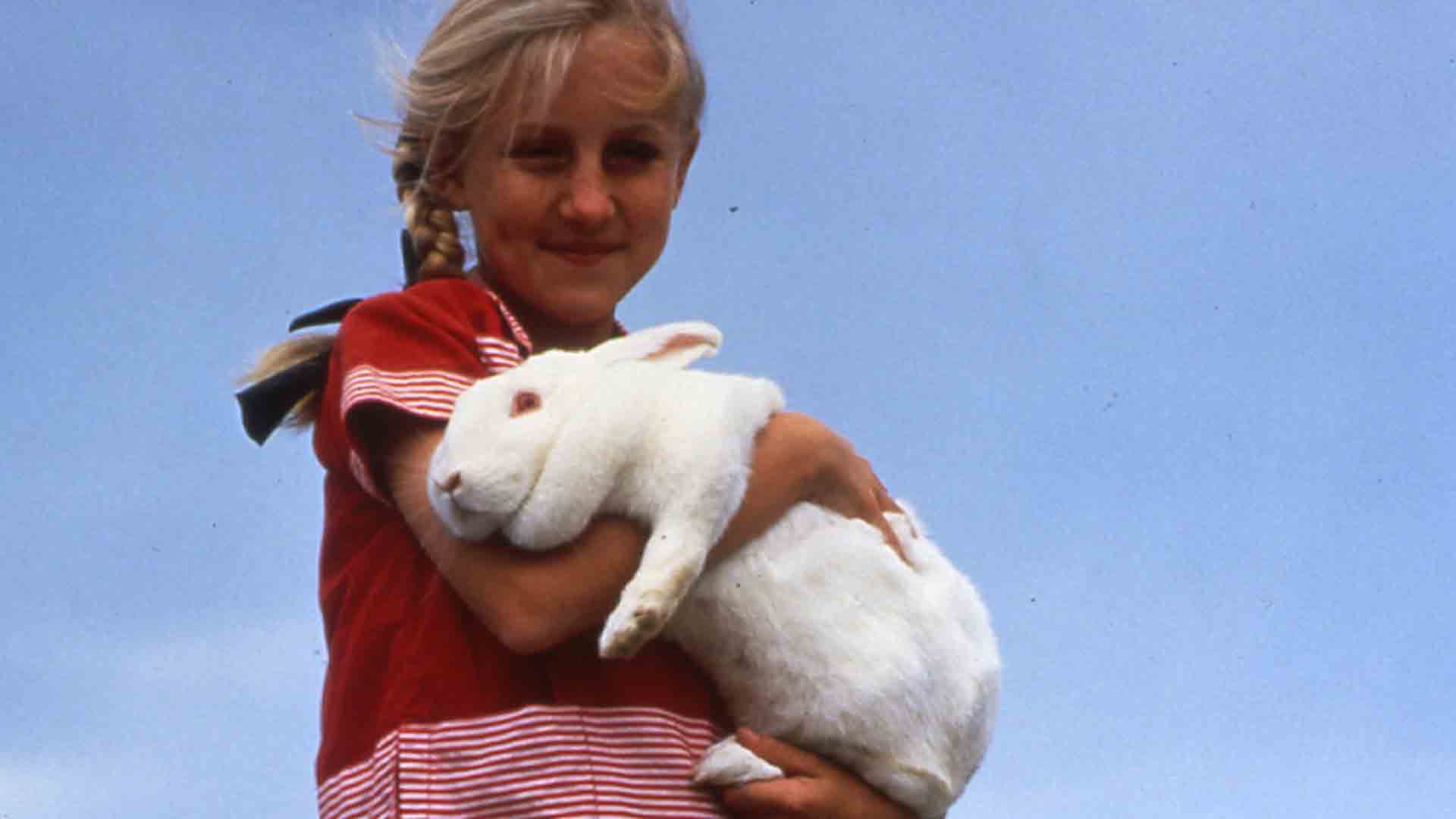
Celia
Director Ann Turner, 1989, Australia
99 min, 35mm-to-digital, colour, rated M
Rebecca Smart, Nicholas EadieIs there a more demonic child in Australian film history? Director Ann Turner’s debut feature centres on Celia (Smart), a nine year old living in 1950s Melbourne. Shaken by the death of her grandmother and the loss of her beloved bunny in a state-wide rabbit cull, Celia’s fantastic imagination conjures the dark side of white-picket suburbia. Through her eyes, the communist bogeys and rabbit plague of the adult world seem alien and ominous. Yet this is no ordinary coming-of-age story of innocence lost and experience won. Turner lets the supposed ‘magic of childhood’ take over and we watch on, aghast. Celia’s school-holiday hijinks are menacing: masks become talismans, blood promises are exchanged and voodoo rituals staged in an old quarry. ‘Transfixing, assured, extremely lucid … Celia recalls the deceptive serenity of Blue Velvet.’ – The New York Times
Followed by an in-conversation with director Ann Turner on the making of this underseen landmark of 1990s Australian cinema.
Image:Still from Celia 1989, courtesy of National Film and Sound Archive of Australia
Sunday 28 April 2024 2–3.39pm
-
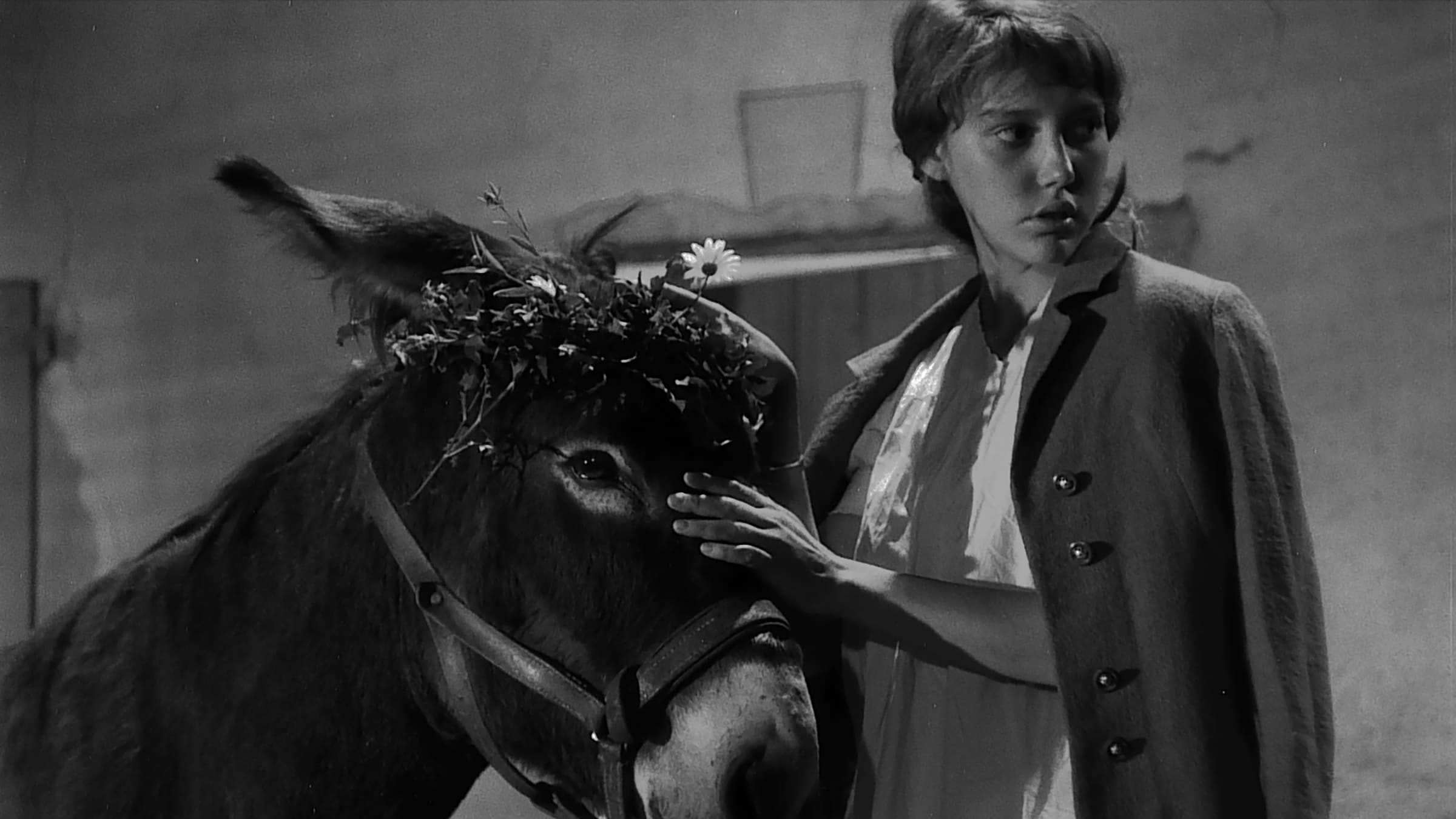
Au hasard Balthazar
Director Robert Bresson, 1966, France
95 min, 35mm-to-digital, B&W, rated PG
Anne Wiazemsky, Walter Green
French with English subtitlesAu hasard Balthazar (translated literally as ‘Balthazar at random’) is one of Bresson’s greatest works, a chronicle of two innocents – a young girl named Marie (Wiazemsky) and a beast of burden passed from one master to the next. This brief, elliptical parable of sin and suffering, birth and death, unfolds in austere, concentrated shots that emphasise the materiality of water, mud, dust and dirt. The result, as director Jean-Luc Godard would profess, is a film that contains ‘the world in an hour and a half’.
Image:Still from Au hasard Balthazar 1966, courtesy of Janus
-
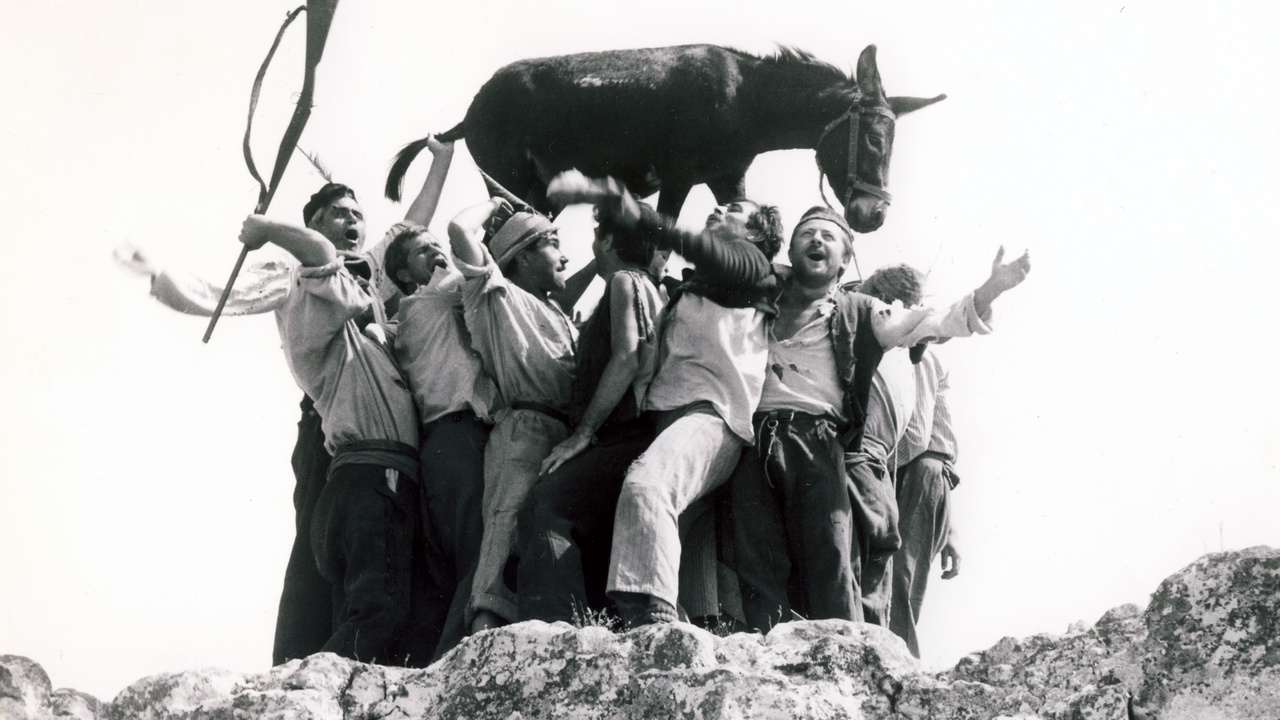
The tied-up balloon
Director Binka Zhelyazkova, 1967, Bulgaria
98 min, 35mm-to-digital, B&W, unclassified 12+
Georgi Kaloyanchev, Grigor Vachkov
Bulgarian with English subtitlesA rarely screened carnivalesque satire by Binka Zhelyazkova, the ‘bad girl of Bulgarian cinema’. A huge inflatable – equal parts pendulous goldfish and Patricia Piccinini’s Skywhale – appears in the sky over a village in wartime, creating panic among the townspeople. Is it a military blimp or a waylaid beast? Should it be welcomed or killed? The villagers recruit a defiant donkey in their quest to capture the mysterious arrival. Historically, donkeys have symbolised stubbornness and suffering, and serve here as emblems of Bulgaria’s national character. The jackass was also rumoured to represent then leader Todor Zhivkov, who promptly banned the film’s release. After the restoration of democracy in 1990, The tied-up balloon came to be recognised as a milestone of Eastern European cinema by a pioneering female director whose work belongs alongside Czech luminary Věra Chytilová in its anarchic energy and sharp-eyed wit.
Image:Still from The tied-up balloon 1967, courtesy of Filmautor Bulgaria
Sunday 5 May 2024 2–3.38pm
-
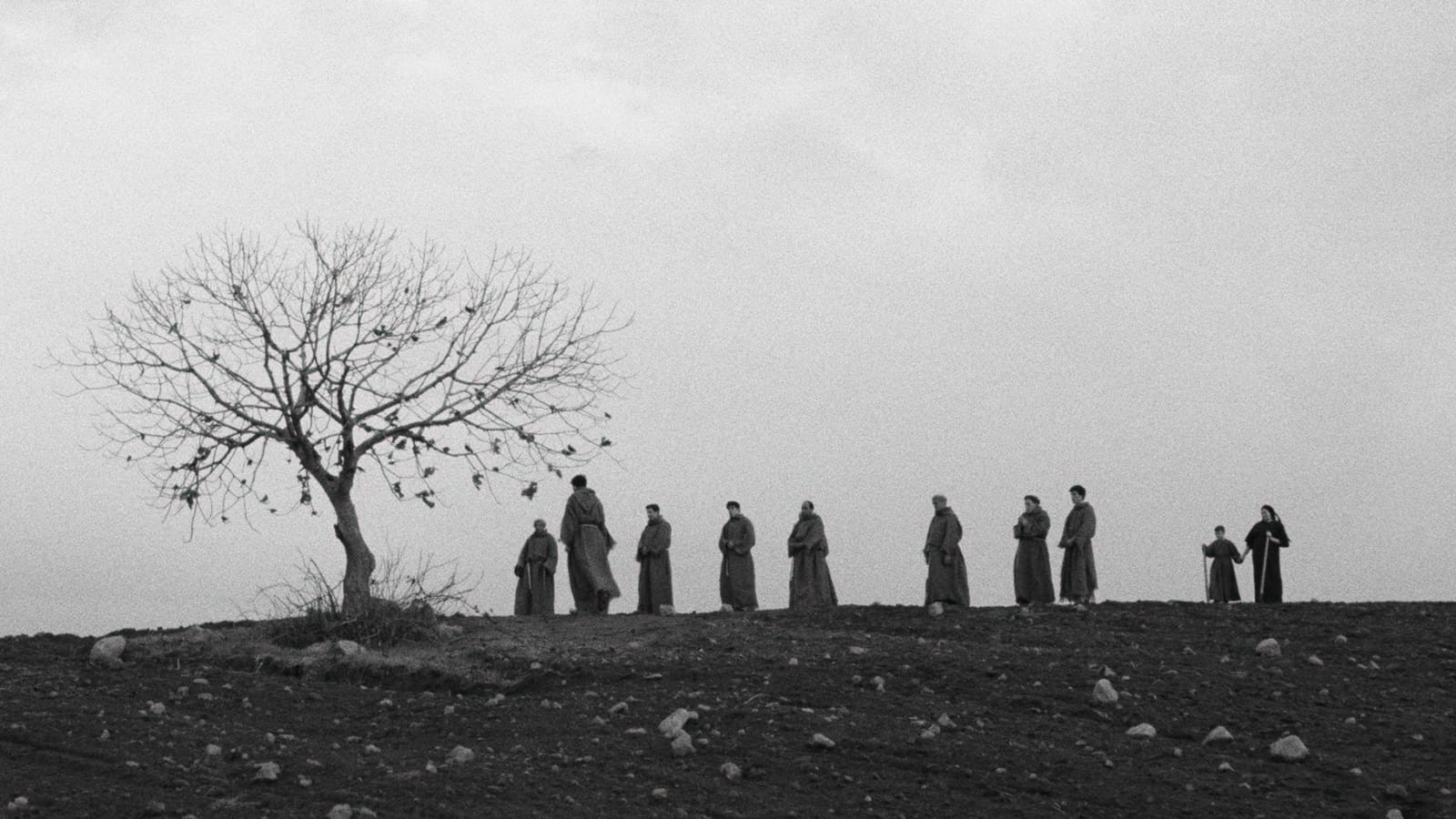
The hawks and the sparrows
Director Pier Paolo Pasolini, 1966, Italy
89 min, 35mm-to-digital, B&W, unclassified 12+
Totò, Ninetto Davoli, Femi Benussi
Italian with English subtitlesCorvidae are known for their smarts and Pier Paolo Pasolini’s talking crow is no exception. A father and son (played by beloved Italian clown Totò and Pasolini’s muse Ninetto Davoli) chance upon the ‘left-wing intellectual’ crow on the outskirts of Rome, and embark on a surrealist trip through time. The crow recounts the legend of two friars (still played by Totò and Davoli) who are bid by St Francis, patron saint of animals, to preach the gospel to predatory hawks (capitalists) and preyed-upon workers (sparrows). Transported back to the present, the trio tour a countryside still beset by inequality, with Pasolini – through his mouthpiece the crow – railing against the depredations of il boom, Italy’s rapid postwar development. Caustic and rambunctious, this homage to silent slapstick turned Marxist fable was the director’s personal favourite. ‘Bertolt Brecht meets Buster Keaton’ – critic Judy Bloch
Image:Still from The hawks and the sparrows 1966, courtesy of Movietime
-

Kummatty
Director Govindan Aravindan, 1979, India
90 min, 35mm-to-digital, colour, rated PG
Ramunni, Ashok Unnikrishnan
Malayalam with English subtitlesIndian auteur Govindan Aravindan’s gentle, joyous film introduces Kummatty, an enigmatic trickster of Central Keralan folklore, who travels across the Malabar plains entertaining children with music and magic. On one visit, he transforms the village kids into animals, who lark across a verdant landscape captured on rich Eastmancolor stock by cinematographer Shaji N Karun. A key figure of India’s mid-century parallel cinema movement (an alternative to the mainstream film industry), Aravindan originally trained as a cartoonist. He brings an animator’s eye to his films, which pair long, static shots with flat compositions reminiscent of comic strips. Praised as ‘visionary’ by director Martin Scorsese, whose World Cinema Project helped fund its recent restoration, Kummatty is an enchanting tale of song, dance and ritual that demands to be seen on the big screen.
Image:Still from Kummatty 1979, courtesy of Cineteca di Bologna
Sunday 12 May 2024 2–3.30pm
-
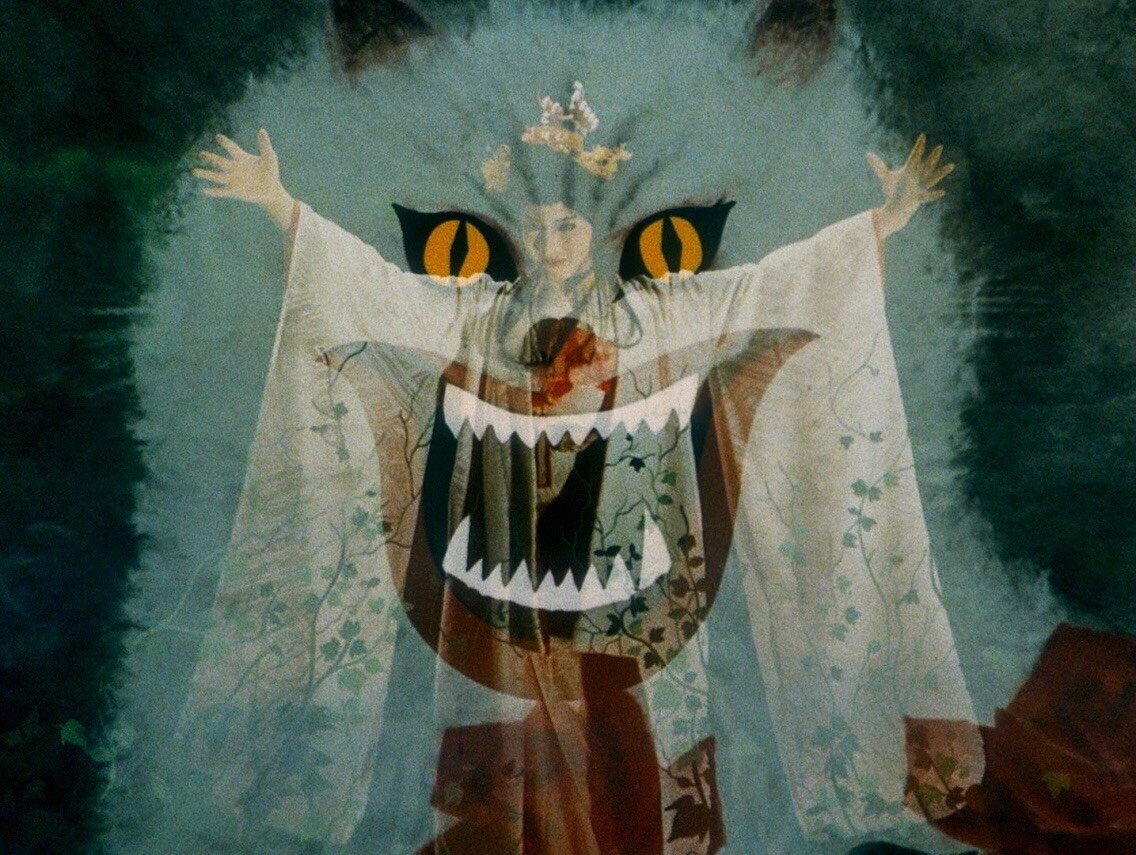
House
Director Nobuhiko Obayashi, 1977, Japan
88 min, 35mm-to-digital, colour, unclassified 15+
Kimiko Ikegami, Miki Jinbo
Japanese with English subtitlesSix young girls visit a country mansion and come face-to-face with evil spirits and a twinkle-eyed house cat, all conjured through bubblegum mattes, animation and collage effects. Major film studio Toho asked Nobuhiko Obayashi to make a creature feature ‘as exciting as Jaws’. The maverick director agreed on the proviso that he had full creative autonomy, and that his teenage daughter, Chigumi, could serve as script consultant. ‘Delirious, deranged, gonzo or just gone, baby gone – no single adjective or even a pile-up does justice to House.’ – critic Manohla Dargis
Preceded by:
Venus and the cat
Director Zlatko Bourek, 1971, Yugoslavia
10 min, 16mm, colour, unclassified 12+A day-glo adaptation of an Aesop fable by the renowned modernist animation studio Zagreb Film.
Image:Still from House 1977, courtesy of Toho
-
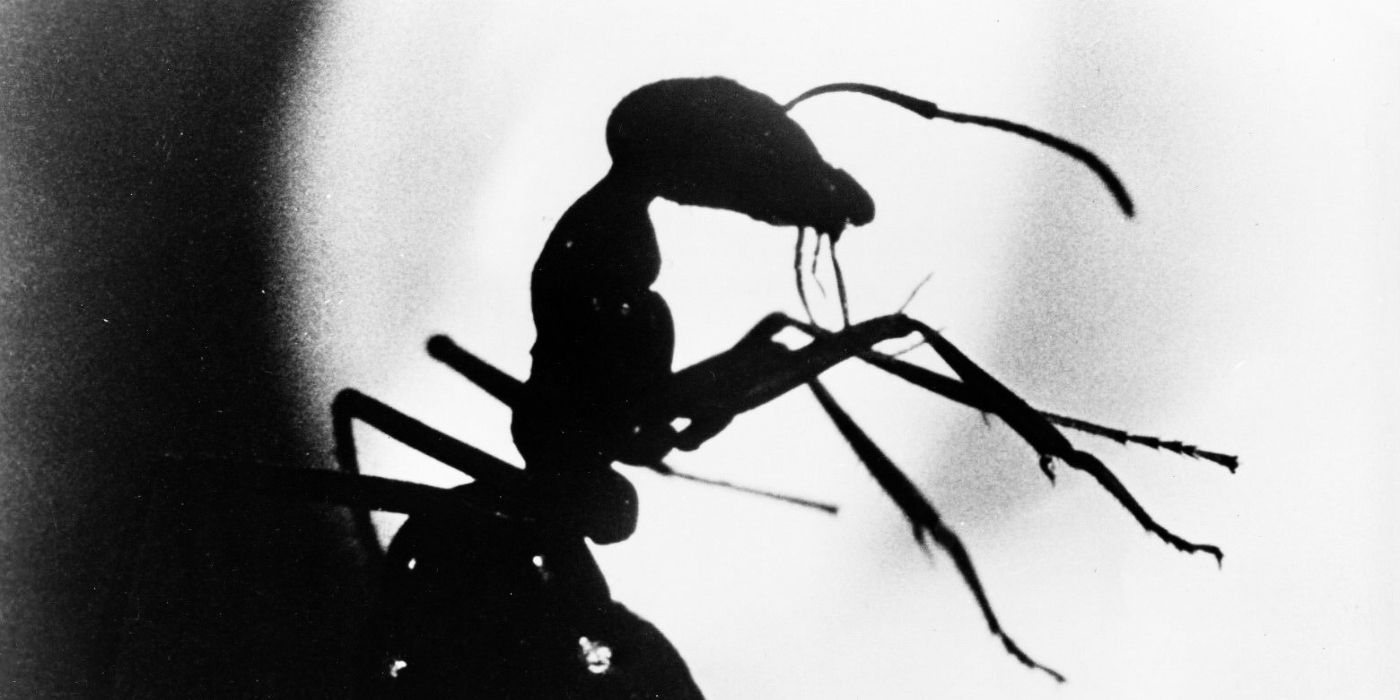
Phase IV
Director Saul Bass, 1974, USA
94 min, 35mm-to-digital, colour, rated PG
Michael Murphy, Nigel DavenportBaubles of larvae hatch. Mandibles twitch. Iridescent forms writhe over purple crystals. Your skin crawls. The sole feature by acclaimed graphic designer Saul Bass opens with radiant scenes of subterranean psychedelia. As you’d expect from the pioneer of the modern movie title sequence, Bass begins his doomsday eco-parable with unforgettable images. He embraces macrophotography to tell the story of an Arizona desert town taken over by hyper-intelligent mutant ants. Two scientists (Murphy, Davenport) are sent to the evacuated zone to assess the situation. Protected by a silver geodome, the pair engage in sonic warfare with the ants, and spray plumes of ultramarine pesticide under a sickly orange sky. Bass’s surreal, visually arresting vision of a natural world out of kilter was initially a box-office flop. Phase IV has since been recognised as a landmark of 1970s sci-fi, a cautionary tale of nature’s revenge on human folly.
Preceded by:
The life of ants
Director Yuko Asano, 1994, Japan
14 min, 16mm-to-digital, colour, unclassified 12+A bejewelled praying mantis invades the ant kingdom in Yuko Asano’s wondrous stop-motion animation. A must-see by one of the few female directors working in 1990s Japanese experimental cinema.
Image:Still from Phase IV 1974, courtesy of Park Circus
-
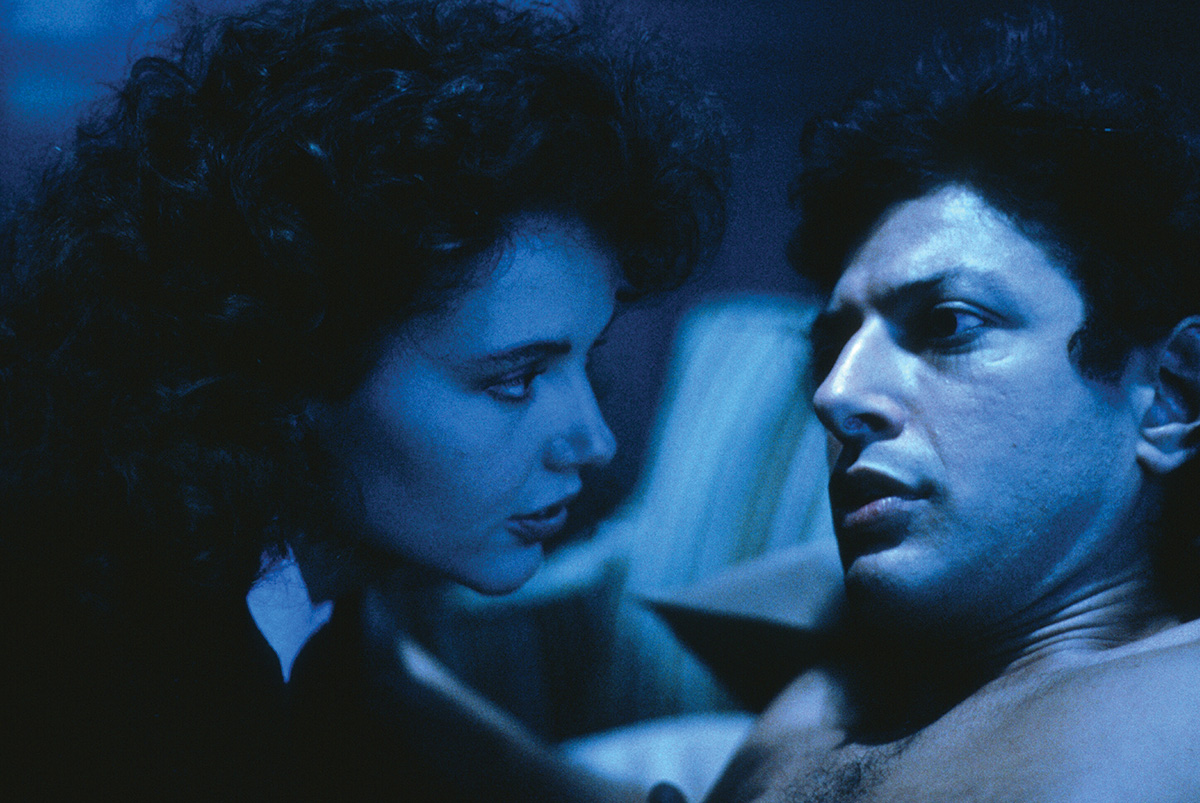
The fly
Director David Cronenberg, 1986, USA
96 min, 35mm-to-digital, colour, rated R18+
Jeff Goldblum, Geena DavisDavid Cronenberg’s name is synonymous with body horror: films blending shock and gore to expose human fragility and creatureliness. Jeff Goldblum plays Seth Brundle, a yuppie scientist who inadvertently mixes his DNA with a housefly in a teleportation device. He slowly morphs into a human–fly hybrid, an abject, oozing transformation that imperils his budding romance with journalist Veronica (Geena Davis). At what stage of insect metamorphosis is it customary to leave your partner? Whether read as a disease allegory (it was released at the height of the HIV/AIDs epidemic), a reflection on aging and death, or a warning against scientific hubris, The fly remains a wildly fun and poignant work exploring our corporeal limits. ‘I’m an insect who dreamt he was a man and loved it. But now the insect is awake.’ – Brundle
Preceded by:
The fly
Director Ferenc Rofusz, 1981, Hungary
4 min, 35mm-to-digital, colour, unclassified 12+An Academy Award–winning fly’s-eye vision courtesy of Hungarian animation wizard Ferenc Rofusz.
Image:Still from The fly 1986, courtesy of Disney
Sunday 26 May 2024 2–3.40pm
-
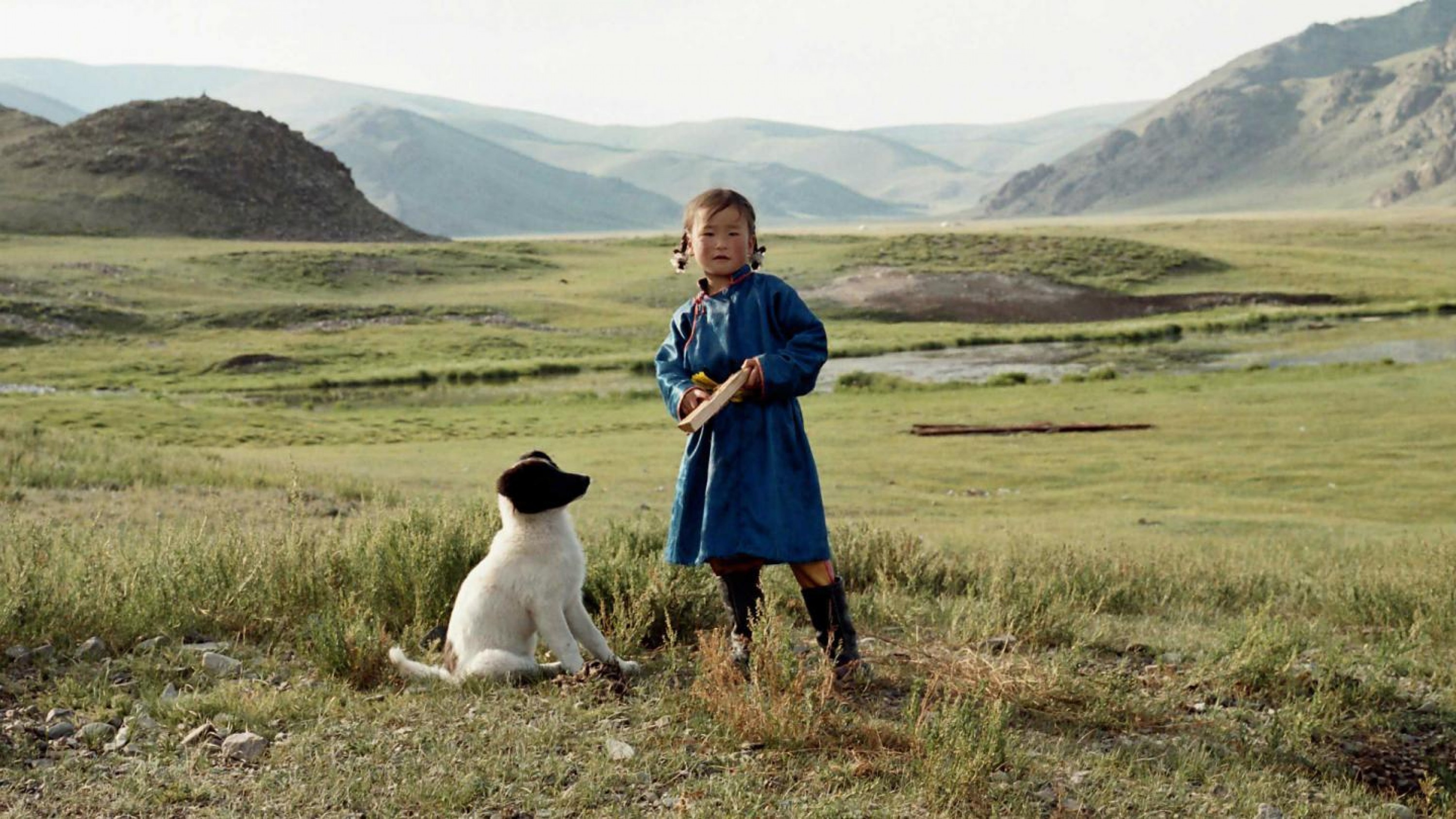
The cave of the yellow dog
Director Byambasuren Davaa, 2005, Mongolia
93 min, 35mm, colour, rated PG
Nansal, Urjindorj, Buyandulam Daramdadi
Mongolian with English subtitlesA gorgeous observational drama by Mongolian director Byambasuren Davaa, a key female figure in contemporary Central Asian cinema. On the vast steppes, nine-year-old Nansal spends her days playing with her sisters and an extended brethren of sheep, horses, oxen and puppies. Against the stunning golden grasslands of the Gobi plains, Nansal and her family – played by a real family of herders with no acting experience – live off the land and move their yurt with the seasons. Their naturalistic performances and genuine camaraderie imbue this gentle docu-fiction with astonishing charm. At the centre of the narrative is the magical relationship between children and small animals, a vision of cuteness and innocence which Davaa celebrates with a refreshing lack of cynicism. ‘A remarkable movie: touching, honest and unassuming, without a hint of irony or false motive.’ – Austin Chronicle
Preceded by:
Tangki
Directors Tjunkaya Tapaya, Jonathan Daw, 2021, Australia
6 min, digital, colour, unclassified 12+
Pitjantjatjara with English subtitlesNgayuku Papa: Bluey and Big Boy
Directors Maureen Butler-Baker, Jonathan Daw, 2018, Australia
2 min, digital, colour, unclassified 12+
Ngaanyatjarra with English subtitlesNgayuku Papa: Tiny
Directors Cynthia Burke, Jonathan Daw, 2018, Australia
2 min, digital, colour, unclassified 12+
Ngaanyatjarra with English subtitlesA trio of stop-motion animations by Tjanpi Desert Weavers artists celebrating the dogs and donkeys of Warakurna in the remote Western Australian desert.
Image:Still from The cave of the yellow dog 2005, courtesy of Telepool Movies
Wednesday 29 May 2024 2–3.43pm
-
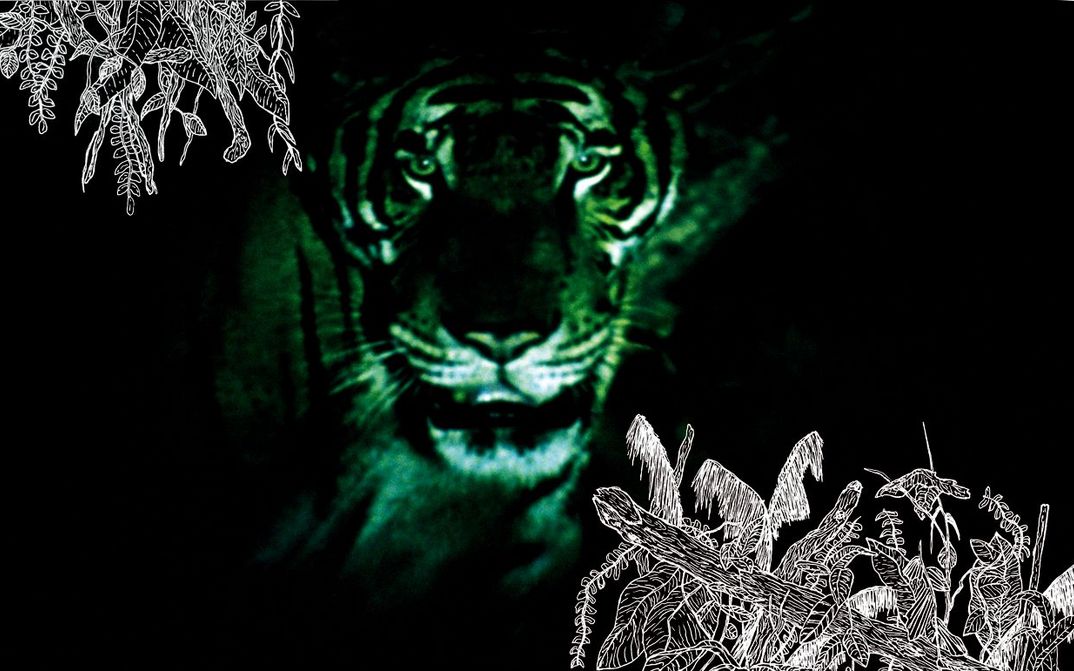
Tropical malady
Director Apichatpong Weerasethakul, 2004, Thailand
114 min, 35mm, colour, unclassified 15+
Banlop Lomnoi, Sakda Kaewbuadee
Thai with English subtitlesStrange and wondrous, Apichatpong Weerasethakul’s Cannes Jury Prize–winner concerns a coy romance between a young Thai soldier and a boy from the country. When the boy mysteriously disappears – possibly because he has transformed into a tiger, per local hearsay – the soldier sets off into the jungle in search of his lover. The original Thai title of Weerasethakul’s audacious film, ‘Sud pralad’, loosely translates to ‘strange beast’, and much of the film meditates on the elusive, radical alterity of the animals and spirits of north-eastern Thailand. In the director’s words: ‘When I am in the jungle, I see the vast arena of life. It’s a very different life with different rules. I don’t think I’ll ever truly understand the animal world. But I borrow their landscapes to present the film’s “malady” and suffocating world that is somehow not human either.’
Preceded by:
Pseudosphynx
Director Ana Vaz, 2020, Brazil
8 min, 16mm-to-digital, colour, unclassified 12+The magical metamorphosis of fire caterpillars into butterflies captured on radiant 16mm film by Brazilian artist Ana Vaz.
Image:Still from Tropical malady 2004, courtesy of Kick the Machine Films